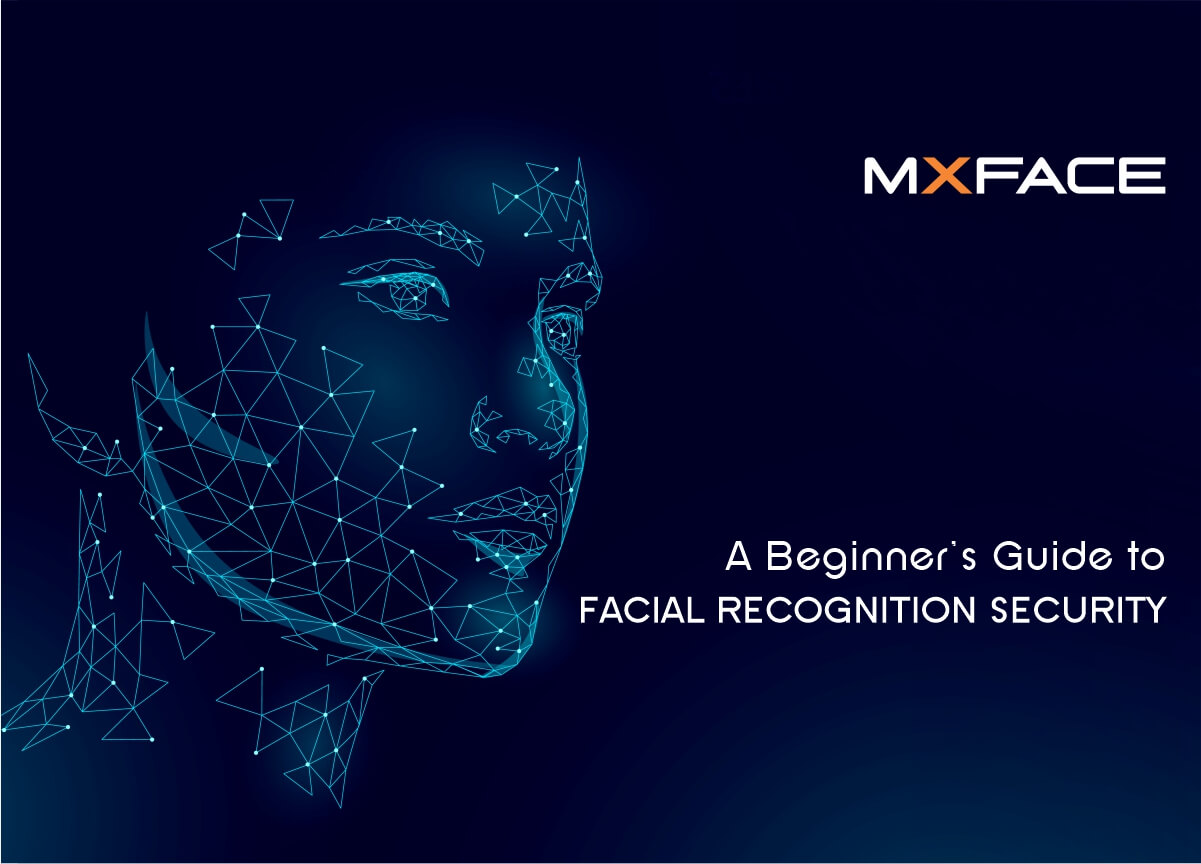A Beginner's Guide to Facial Recognition Security

Rising security threats in recent years have compelled organisations to implement a secure authentication system to protect customer data, confidential information, and trade secrets. Thanks to biometrics, which has transformed the way businesses protect data from hackers and other threats. Facial recognition is the most promising biometric technology used in industries to develop a robust access control system and combat security threats.
An Introduction to Facial Recognition Security
Facial recognition is an automated technology that identifies and verifies people by analysing and comparing their facial features. It helps identify people and control access to physical spaces, information, services, and other rights or benefits. This technology uses computer algorithms to capture specific, distinguishing features of a person's face, such as the distance between your eyes, nose, and mouth. The software allows individual access only if his face matches the facial signature in the database.
Facial recognition comes with numerous benefits, including increased safety and security, reduced crime, and reduced human interaction. Because of its merits, it could brilliantly play many roles in a wide range of industries.
Applications of facial recognition
Business Considering the potential of facial recognition, many firms have already deployed it as an innovative solution to combat the security challenges they face in business operations. It gives companies the freedom to streamline their authentication process as it provides a more robust, advanced level of security and access control and management. It also enables companies to track the employees' attendance in a touchless manner which is currently critical for curbing the spread of coronavirus.
Airport Airports demand a very high degree of security underpinned by the positive identity confirmation of passengers. Many Airports are deploying facial recognition to meet security requirements and to provide a better customer experience.
Banks and Financial Institutions Banks and Financial Institutions are taking advantage of this new wave of technology by implementing it to manage entry and access of identified individuals to certain areas of a facility. It also helps banks to authenticate the identity of customers when they use online banking applications. It also eases KYC (Know Your Customer) processes to provide a better experience to the customers.
Retail The leading retail chains are already integrating facial recognition technology into their existing security cameras as a preventative measure to identify suspicious characters and potential shoplifters.
Healthcare A facial recognition system has many applications in healthcare, including patient check-in, patient tracking, real-time emotion detection, pain management, disease diagnosis, staff identification, and facility security. This technology enhances patient care, frees up staff time, and provides a better experience for patients and healthcare professionals.
Conclusion
In recent years, facial recognition has emerged as the most effective technology for adding an extra layer of security to organizations. The arrival of the coronavirus has further fueled its demand as it mitigates the chances of virus transmission. Given its potential, it is safe to say that this innovative technology has many critical roles to play in many sectors in the future.


Comments